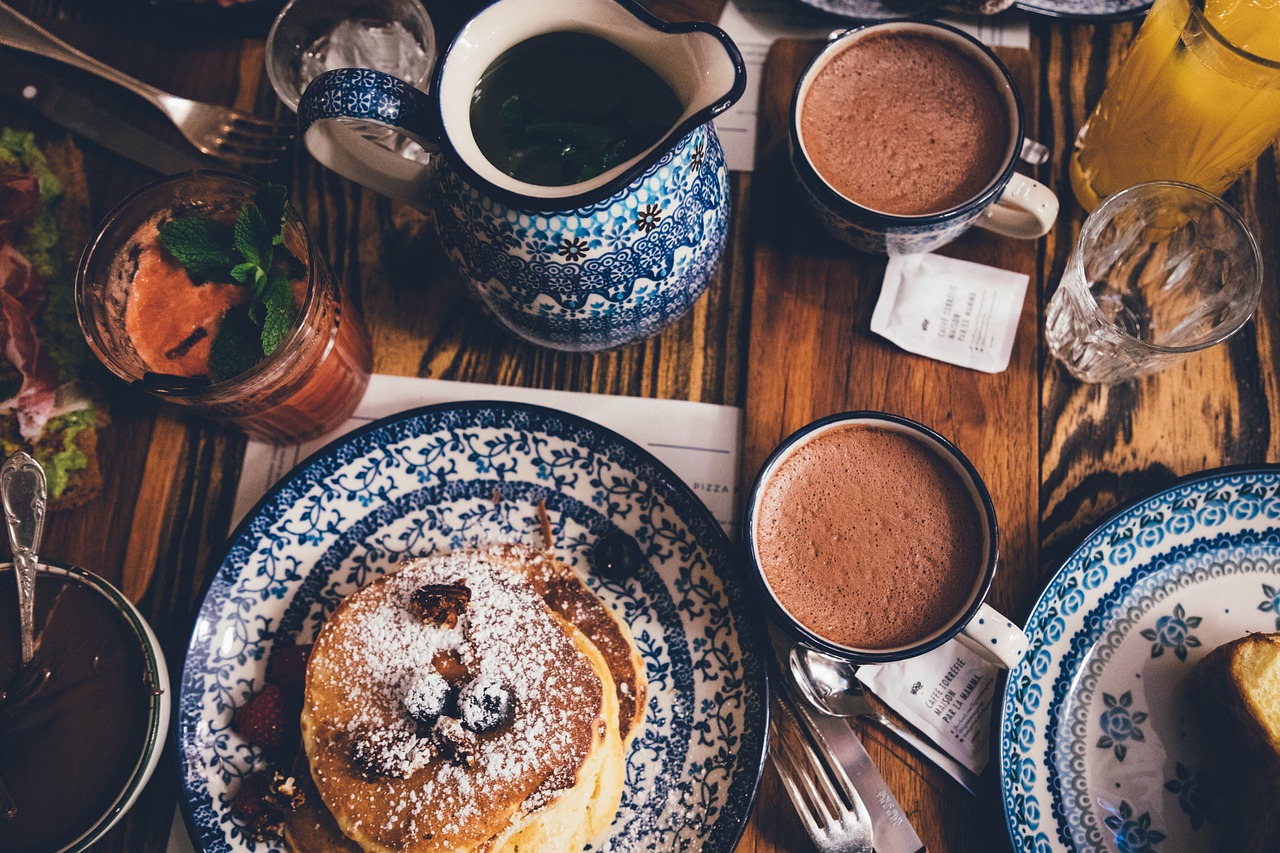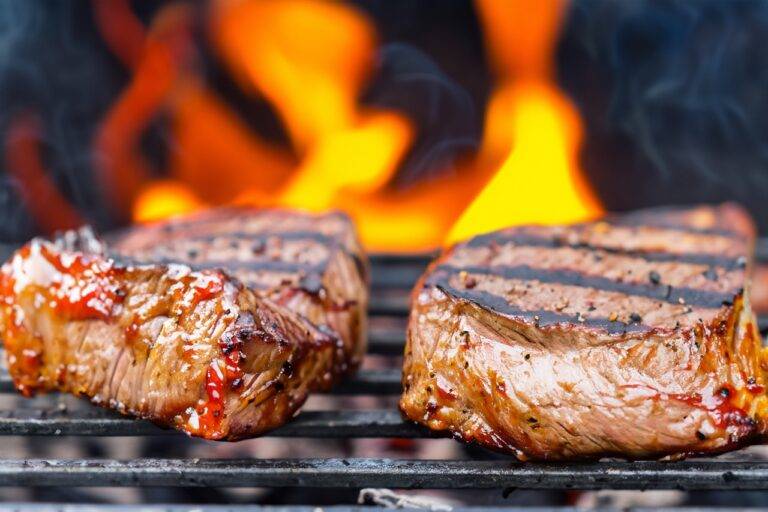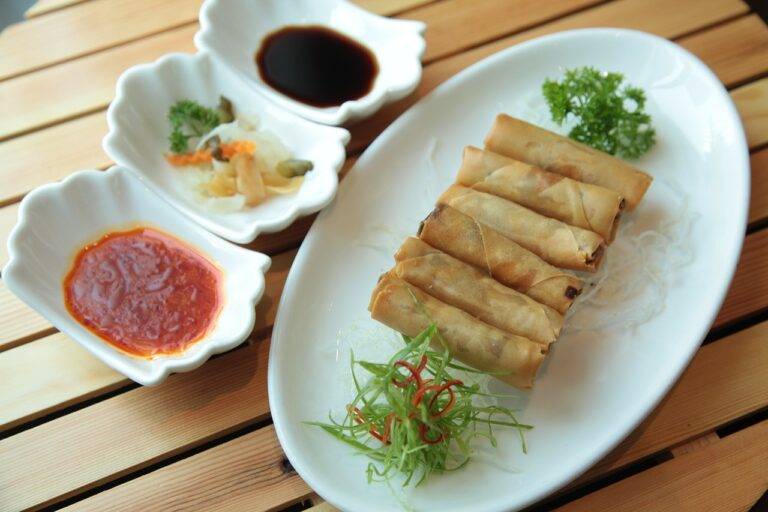The Role of Food in Literature and Film: From Babette’s Feast to Like Water for Chocolate
Food in literature and film often serves as a powerful symbol, transcending its physical presence to convey deeper meanings and themes within a narrative. Through the use of food, authors and filmmakers can communicate cultural nuances, emotional states, and character development in a subtle yet impactful way. From lavish banquets signifying abundance and excess to meager meals representing scarcity and desperation, the portrayal of food can evoke a range of emotions and connotations for audiences.
Moreover, the act of preparing, sharing, or consuming food in literary and cinematic works can also symbolize themes of community, intimacy, and connection. Whether characters gathering around a table for a meal, a protagonist cooking a traditional dish from their homeland, or a pivotal scene taking place in a bustling marketplace, food can serve as a unifying force that highlights the importance of interpersonal relationships and shared experiences. In this way, food functions not only as a symbol but also as a means of exploring the complexities of human interaction and identity.
Exploring Cultural Identity Through Food in Literary and Cinematic Works
In both literature and film, the representation of food plays a vital role in conveying cultural identity. Through the portrayal of unique culinary traditions, authors and filmmakers are able to capture the essence of a particular culture and its people. Whether it is the preparation of a traditional dish or the act of sharing a meal with loved ones, food serves as a powerful symbol of heritage and belonging in various literary and cinematic works.
By examining the role of food in these creative mediums, audiences are offered a glimpse into the customs, beliefs, and values of different societies. From the vibrant street food markets of Mexico to the elegant tea ceremonies of Japan, food serves as a universal language that transcends borders and connects individuals on a deeper level. Through the exploration of cultural identity through food, writers and directors are able to foster understanding and appreciation for the rich diversity that exists in our world.
How does food play a role in representing cultural identity in literature and film?
Food serves as a symbol of cultural identity in literature and film, reflecting traditions, values, and practices unique to a particular culture or community.
Can you provide examples of how food is used to explore cultural identity in literary works?
In works such as “Like Water for Chocolate” by Laura Esquivel or “The Joy Luck Club” by Amy Tan, food is used as a powerful tool to explore and convey cultural identity through descriptions of traditional dishes, cooking techniques, and shared meals.
How does food contribute to the development of characters in cinematic works?
Food can be used to establish characters’ backgrounds, relationships, and emotions in film. For example, a character’s preference for a certain cuisine or dish can reveal their cultural heritage, social status, or personal tastes.
What is the significance of food as a symbol in literature and film?
Food serves as a multi-dimensional symbol in literature and film, representing cultural identity, social relationships, emotional connections, and more. Its portrayal can evoke sensory experiences and evoke nostalgia, adding depth and richness to narratives.





